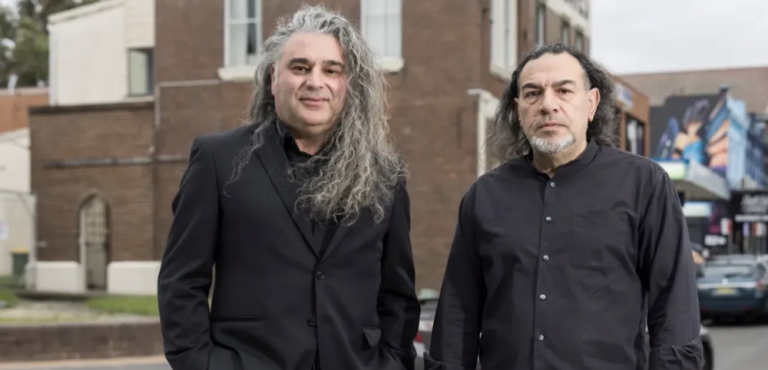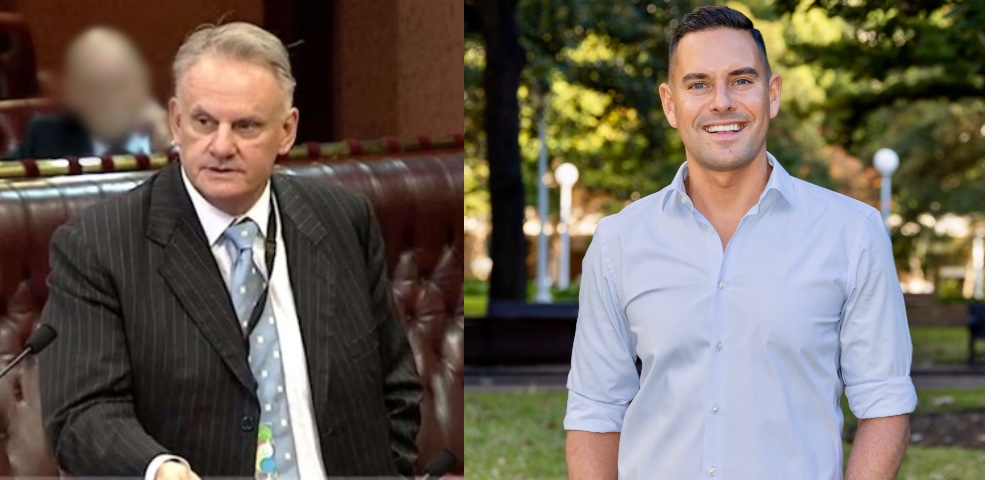
‘We’re not wowsers, but…’
OPINION
Council’s campaign against late-night entertainment precincts is gathering pace, with two small bars and The Sugarmill Hotel in Kings Cross recently bearing the brunt.
Councillors are egged on by a barrage of complaints written by organised groups of older residents, often starting with “I’m not a wowser but…”.
The campaign now relies heavily on two pieces of research Council commissioned to establish the reality of a ‘Saturation Point’ of licensed venues in Kings Cross and Oxford Street, beyond which point ‘Alcohol-Fuelled Violence’ increases exponentially, a ‘Cumulative Impact’ effect. If this saturation point has been exceeded then licensed premises should be reduced in number and opening hours – so goes the theory. The research cost $50,000.
But the research was clearly designed to support the existing agenda.
Only residents were surveyed, a self-centred approach. A fundamental role of a city is to be a destination. All roads lead to Sydney – just look at a road map. Residents of a city enjoy fabulous benefits of location but they must deal with large numbers of visitors in the streets – it’s a fundamental of urban life. So to consider only residents when forming urban policy is selfish. In Kings Cross on a Thursday night only 21 per cent of people approached by the survey were locals. The other 79 per cent have no rights, it seems. It’s a classic Not In My Back Yard (NIMBY) approach. “Why don’t these people party in their own suburbs?” asked one local resident group member. Folks, that’s a bit difficult if you live in Pymble.
Some locals around Kings Cross held an ‘alcohol summit’ last year and invited speaker Tony Brown, the man behind the pub lockouts in Newcastle. “The Act says residents have a right to Quiet and Good Order,” he said. “But it doesn’t say ‘except in Kings Cross’!” Cue applause.
But should the same rules apply to Kings Cross as Pymble? Such fundamentalism denies the right and need of people to party and of a global city to have an entertainment precinct.
Even with its residents-only bias, the research still failed to establish the desired outcome. It does not establish any ‘Saturation Point’, and it shows that only a tiny minority of residents are creating all the fuss.
Under “Suggestions for improving Kings Cross,” in the opinion survey, only 16% of residents answered “Restrict opening hours/alcohol outlets”. That’s Malcolm Turnbull’s current poll rating, hardly a mandate.
Only 21 per cent wanted fewer nightclubs in Kings Cross. At the same time, 19 per cent wanted more small bars. This does not endorse Council’s current agenda – rather the opposite.
Yet many of the 190 people surveyed still acknowledged the downside. Asked which aspects of Kings Cross they most disliked, 54 per cent named “Drunkenness/disorderly behaviour”, and this is the type of figure being quoted at Clover Moore’s ‘spinformation’ roadshow at Community Forums. Still, only 16 per cent wanted to restrict pubs, so it seems the majority do in fact understand that the fallout from visiting revellers is the price they pay for the “culture and vibrancy” they like.
Consistently, younger respondents were more positive about pubs and clubs, and about feelings of personal safety, while older residents more negative. This is hardly surprising – the anti-alcohol resident activists are mostly over 50 and so are our Councillors, so this conflict can be seen as Old vs Young, with the oldies wielding the power.
Opinion surveys aside, Council’s separate research into the saturation point/cumulative impact idea also fails to support the concept.
The report uses data only between 2001 and 2006 to link the number of licensed premises with alcohol-related violence. However in 2008-09, several large new venues opened in Kings Cross, adding a floor capacity of 3,000 to the small precinct. As the research attempts to establish that a ‘saturation point’ had already existed by 2006, it is reasonable to expect that alcohol-related incidents would increase exponentially with this increase in floorspace. In fact the opposite occurred and Kings Cross Police Commanders at community meetings consistently reported a downward trend over the same period.
A recent short-term increase in police numbers in response to the bikie scare predictably reduced problems even further. While this shows that more police will reduce problems, the underlying downward trend has been consistent over a much longer period.
At Clover’s roadshow, faithful acolytes run Powerpoint shows claiming that once a precinct reaches 22 venues per 10,000 residents a ‘tipping point’ is reached at which alcohol-related problems multiply. Sydney city has 115 premises per 10,000 residents and Kings Cross has 97.3, way over the ‘tipping point’.
And yet, according to Police linking data, none of the top 20 ‘worst’ pubs in NSW are in these concentrated areas. Current ‘worst’ is Penrith Panthers followed by the Mean Fiddler in Rouse Hill, both of which essentially sit isolated in sprawling suburbs. Hardly concentrated. Coogee and Manly both have worse violence rates than Kings Cross but a lower concentration of venues. The problem is the concentration of macho idiots, not pubs.
Clover has also been repeating that, compared to the NSW average, Sydney City has five times the concentration of venues and four times the level of violence.
Doesn’t this mean we in Sydney are 20 per cent safer per venue than the NSW average? Isn’t four less than five? Doesn’t this alone blow a hole in the ‘saturation point’ theory?
One of Clover’s roadshow acolytes spoke in terms of “normalising” Kings Cross. Never mind that the very definition of Kings Cross is to be NOT normal. That’s the thing that makes it different from other city ‘villages’ and defines its cultural function in wider Sydney.
Anyone with the slightest genuine belief in diversity would be encouraging this difference, not squelching it.
Kings Cross is the essential escape valve and refuge for people who cannot bear the constrictions and hypocrisy of suburban tidy-townsville, where a veneer of normalcy hides all the same horrors and vices that the Cross tolerantly flaunts. Until five bodies are found in a house, a child is kidnapped or a drive-by shooting shatters the night… The problems of Kings Cross ARE the problems of suburbia made visible, only usually not so serious.
Nothing in the research shows any reason why people who intensely dislike Kings Cross cannot move somewhere quieter. And nothing in their rhetoric explains why their minority view should prevail over the majority of residents and tens of thousands of visitors.
by Michael Gormly











